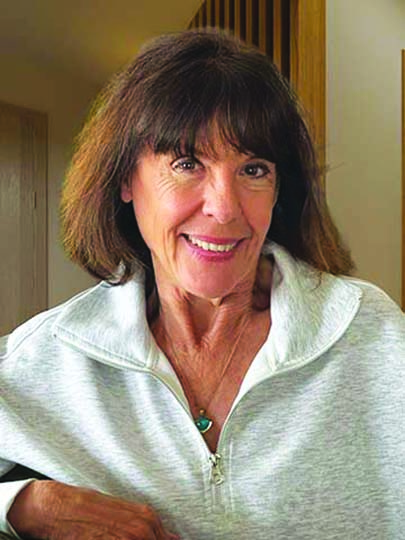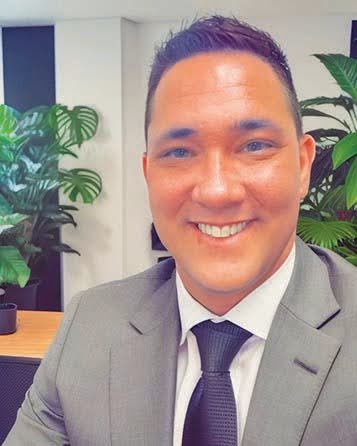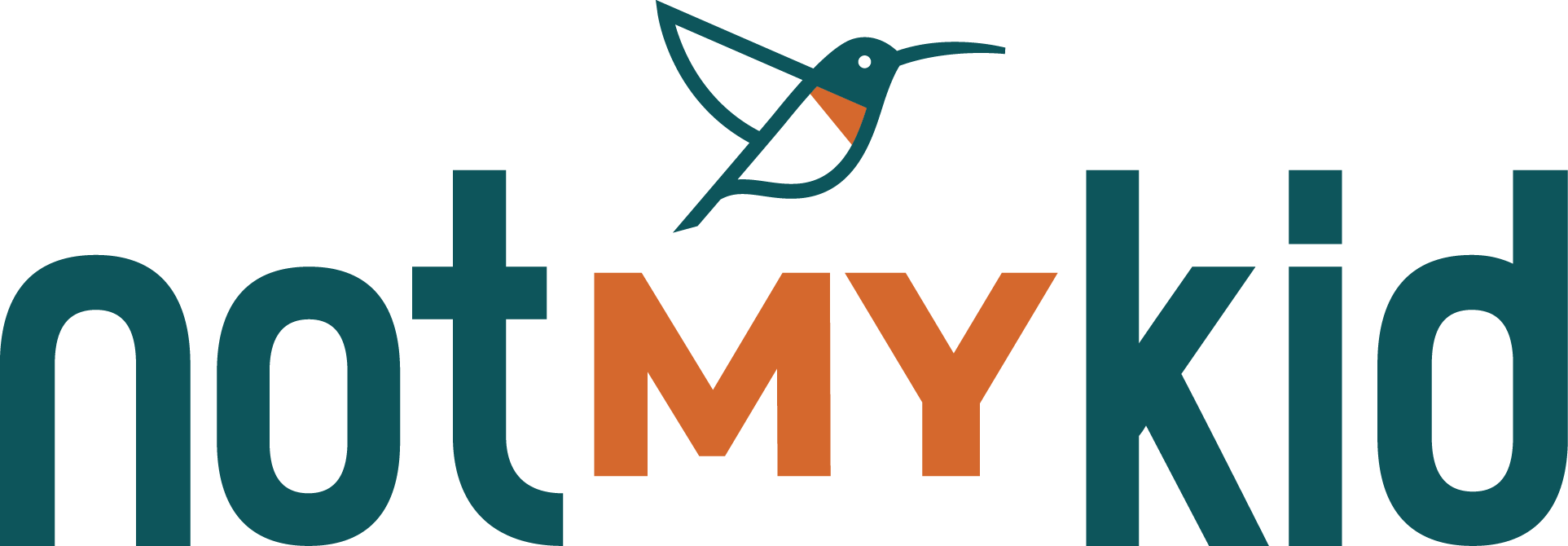Kurt Cobain, Hunter S Thompson, Ernest Hemingway, and Don Cornelius were all famous and influential men whose lives were cut short by suicide. These deaths were widely covered in the media and discussed publicly, with little understanding of how or why men with such success died with such great despair. Unfortunately, far too many men, particularly men of working age, are dying every year by suicide without public knowledge or outcry, which contributes to a lack of awareness of the significance of suicide in the US.
In 2009, 43 percent of the suicide deaths (15,904 of the 36,909 deaths) in the US were among men
ages 25 to 54, which by a large margin is the highest number of suicide deaths among any age/gender group.
For all ages, the suicide rate in 2009 was 12.02/100,000. For men ages 25 to 54, the rate was twice that at 24.83/100,000, illustrating the unique and significant burden men carry on the US suicide rate.
Men are four times more likely to die by suicide than women.
Suicide rates are highest among White non Hispanic Americans.
Suicide is the second leading cause of death for men 25 to 34.
Men’s unwillingness to acknowledge mental health problems or suicidal thoughts, coupled with the common behavior of not accessing available services contribute to the high suicide rate among men (Moller-Leimkuhler, 2002). While men die by suicide in much higher numbers than women, suggesting that men may be in greater need of mental health services, research finds that men appear far less interested in and likely to access services. While there is no evidence that women experience higher rates of depression, men account for only one in 10 diagnosed cases of depression
Mental Health America, 2007, and research suggests male depression goes 50 to 65 percent undiagnosed. Further, men are resistant to asking for help, communicating inner feelings and forming groups around emotional issues (Davies and Waldon, 2004).
While it is true that consistently over different ages, nationalities, ethnic and racial backgrounds, men seek help less frequently than women, the trend is due in part on men’s socialization and in part on health delivery systems and not entirely on “men behaving badly.”
Gender role socialization theories (Addis & Mahalik, 2003) offer a perspective that helps explain these statistics. Cultural codes of achievement, aggression, competitiveness, and emotional isolation are consistent with the masculine stereotype; depressive symptoms are not. Cultural ideals of rugged individualism lead to social fragmentation and fewer coping alternatives.
According to Mansfield, Addis and Mahalik (2003), when men consider seeking help, they often go through a series of internal questioning:
Is my problem normal?
The degree to which men believe other men experience the same problem affects their decision to seek help. A prime example of this psychological process is erectile dysfunction. Before Senator Bob Doles’ public disclosure, many men thought they were the only ones suffering from this highly common and highly treatable problem. After the public campaign, many more men sought help.
Is my problem central to who I am?
Mental health symptoms reflect an important quality about the person (for example the hypomania in bipolar disorder that impacts creativity or productivity), then the person will be less likely to seek help.
Will others approve of my help-seeking?
If others, especially other men, are supportive, then the person will be more likely to go. Help seeking is particularly likely if the group is important to the person and unanimous in their support.
What will I lose if I ask for help?
For many the biggest obstacle to asking for help is fear of losing control: losing work privileges or status, being “locked up,” or losing one’s friends or family.
Will I be able to reciprocate?
Usually, the mental health services offered do not allow opportunities for reciprocity.
Because of ethical standards, the mental health practitioner is often not allowed to share personal information or receive favors, thus maintaining a position of power over the client.
For some men, receiving help is acceptable only if they can return the favor later on; in the relationship with a mental health provider, this is often not possible.
One exception is Alcoholics Anonymous. According to their mission, “Alcoholics Anonymous is a fellowship of men and women who share their experience, strength and hope with each other that they may solve their common problem and help others to recover from alcoholism.” According to the AA fact file, men make up 65 percent of membership in AA, indicating this model of reciprocity is appealing to men. By contrast, among persons with any recent mental health disorder, a higher percentage of women (16%-26%) made mental health visits than men (9%-15%).
These data suggest that historical, traditional approaches to reaching men with mental health and suicide prevention messages have been mostly unsuccessful, and new, innovative approaches need to be explored and developed.
We know many men experience suicidal thoughts, believe they are the only ones, and become hopeless as a result. We also know many types of interventions and mental health services that effectively prevent suicide exist. The problem is no one has successfully bridged the two and men continue to die without linking to a life-‐ saving treatment or other intervention.
THE GOAL OF MAN THERAPY is to show working age men that talking about their problems, getting help and fixing themselves is masculine.
National Suicide Prevention Lifeline or “the Pros” (a vetted list of professional mental health service providers).
Source: http://mantherapy.org

































